Disclosure: This article contains affiliate links. We may earn a commission from purchases at no extra cost to you, which helps our travel content.
The morning mist clung to the slopes of Mount Batilamu like a lover reluctant to leave, revealing glimpses of emerald valleys below as I sipped my coffee from a chipped enamel mug. Most travelers come to Fiji for the postcard-perfect beaches, but mi gente, let me tell you about the soul-stirring highlands that changed how I see these islands. After five visits to the South Pacific, I finally ventured beyond the coastal resorts to discover Fiji's forgotten backbone – the magnificent Koroyanitu Range that looms over Lautoka like ancient guardians watching the sea.
Getting to Know Lautoka: Your Gateway to the Highlands
Lautoka isn't winning any beauty pageants with its industrial sugar mill and working port, but that's exactly why I love basing myself here. While tourists flock to Nadi, this no-frills city offers auténtica Fijian life at half the price.
I found a family-run guesthouse near the municipal market for $25/night (bargained down from $30 – always negotiate, friends!). The central location made it perfect for morning market runs for fresh papaya and still-warm roti wrapped in newspaper before catching local buses to trailheads.
Most importantly, Lautoka sits directly beneath the imposing Koroyanitu National Heritage Park, whose jagged peaks form a dramatic backdrop to the city. This protected area encompasses six traditional villages and some of Fiji's most spectacular hiking terrain – all accessible as challenging day trips if you're reasonably fit and prepared.
Before heading into the mountains, I spent a day acclimatizing and gathering supplies. The Lautoka Municipal Market is a sensory feast where I stocked up on fresh fruit and kava root (a traditional gift when visiting villages). For serious provisions, MH Supermarket had everything I needed, including a water filter bottle after mine sprung a leak during the flight over.

💡 Pro Tips
- Stay in Lautoka rather than Nadi to save money and experience authentic Fijian daily life
- Visit the municipal market early (6-7am) for the freshest produce and local breakfast options
- Make friends with a taxi driver on day one – having a reliable contact for transportation to trailheads is invaluable
Mount Batilamu: The Sleeping Giant's Castle
My first expedition tackled Mount Batilamu (636m), affectionately called the Sleeping Giant. The journey begins with a bumpy 45-minute taxi ride ($20 FJD negotiated round-trip) to Abaca Village, where you must pay a small entrance fee (about $25 FJD per person) that supports local conservation efforts.
Don't skip the village protocol – approach with respect, bring a small gift (kava root is perfect), and ask permission before photographing anything. The village elder, Samu, marked my forehead with a dot of ash before we began – a blessing for safe passage that touched me deeply.
The trail starts deceptively gentle, winding through cassava plantations before the real work begins. After about an hour, the path narrows and steepens dramatically, cutting through dense rainforest where invisible birds call overhead. My trekking poles became my best friends on these slippery inclines – worth every penny of extra baggage weight.
The final push to the summit requires using fixed ropes to navigate near-vertical sections. Not for beginners, te lo prometo! But the panoramic reward – Fiji spread before you like a living map, from sugar cane fields to distant islands floating in the Pacific – will bring tears to your eyes. I shared my summit banana bread with two local guides who told stories of their ancestors using these peaks as lookout points for approaching war canoes.
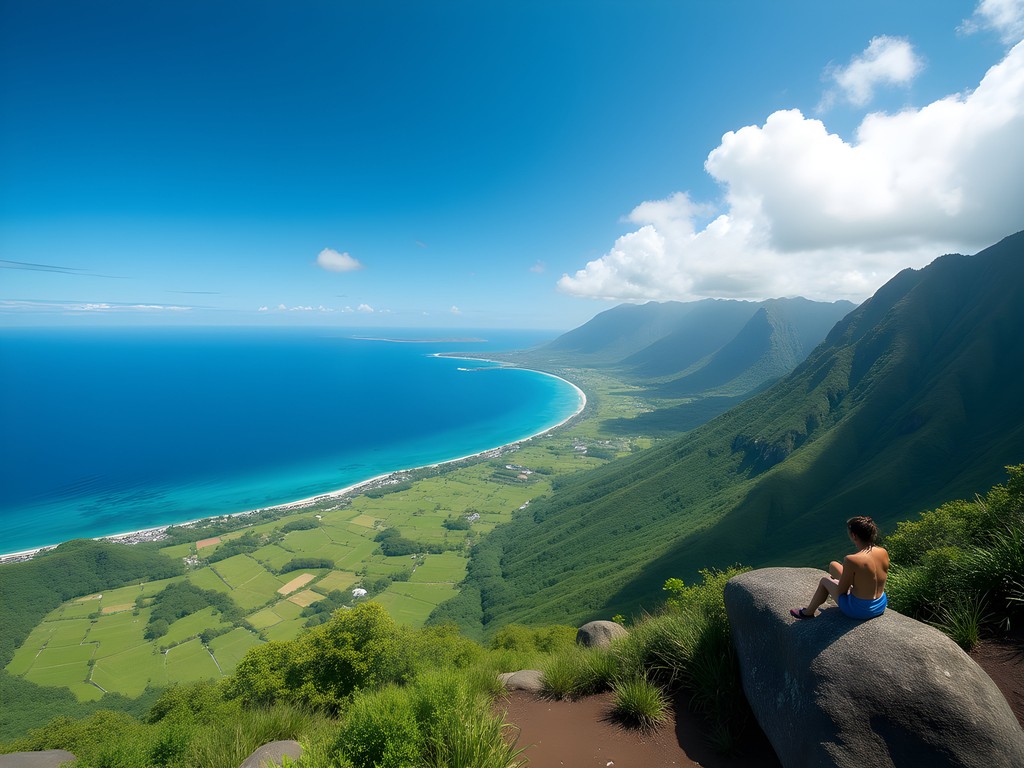
💡 Pro Tips
- Start this hike no later than 8am to avoid afternoon clouds that obscure the summit views
- Pack at least 3 liters of water per person – the humidity makes you sweat more than you realize
- Wear shoes with aggressive tread – the clay soil becomes treacherously slippery after rain
The Six Waterfalls Trek: Nature's Staircase
For those who prefer water to peaks, the Six Waterfalls Trek offers a different kind of challenge. This lesser-known route begins from Vereni Village (accessible by 4WD or a combination of local bus and 40-minute walk) and follows the Tunutunu Creek upstream through increasingly spectacular cascade systems.
This isn't a marked tourist trail – you'll need a local guide ($50-70 FJD for the day), which I arranged through my guesthouse owner's cousin. My guide, Mere, carried nothing but a machete and wore plastic sandals, putting my expensive hiking sandals to shame. Still, I was grateful for their grip on slippery river rocks and protection from sharp stones.
What makes this trek special is how it combines adventure with cultural immersion. Between waterfall climbs, Mere showed me medicinal plants her grandmother taught her to identify, demonstrated how to weave quick baskets from palm fronds to carry our freshly picked guavas, and pointed out ancient petroglyphs carved into riverside boulders.
The final waterfall requires a swim through a narrow gorge to reach a hidden grotto where the water cascades from about 30 meters overhead. I was hesitant about getting my camera wet until Mere pulled out a simple but effective solution – a waterproof phone pouch similar to one I'd brought but forgotten at the guesthouse. This budget-friendly gear saved the day, allowing me to capture the moment while keeping my electronics dry.

💡 Pro Tips
- This trek involves multiple river crossings – wear quick-dry clothing and expect to be soaked
- Pack a dry bag for electronics and a change of clothes
- Bring cash in small denominations to pay your guide and for any village crafts you might want to purchase
Village Homestays: The Heart of Highland Culture
The most profound experiences in the Koroyanitu Range didn't come from conquering peaks but from connecting with the people who call these mountains home. After a particularly grueling hike to Savuione Falls, I was invited to stay overnight in Abaca Village rather than return to Lautoka – an opportunity I jumped at despite having no change of clothes!
Village homestays aren't formally advertised but can be arranged through guides or by making connections during your visit. Expect to pay around $30-50 FJD per night including meals. Bring a small gift (kava root is traditional) and come with an open heart and willingness to participate.
My host family's grandmother reminded me so much of my own abuela – especially her insistence on feeding me until I could barely move! We sat cross-legged on handwoven mats while she taught me to make lolo (coconut cream) the traditional way, crushing the flesh with a serrated stool before squeezing it through hibiscus fibers.
In the evening, I was invited to a small kava ceremony where village elders shared stories of how the mountains protected their ancestors during cyclones and wars. My solar lantern became an instant hit when the village generator shut down at 9pm – I ended up leaving it as a parting gift.
These homestays offer a window into a way of life that's rapidly changing as young people move to cities. By participating respectfully, your tourism dollars help preserve cultural practices and provide economic alternatives to logging or mining in these fragile ecosystems.
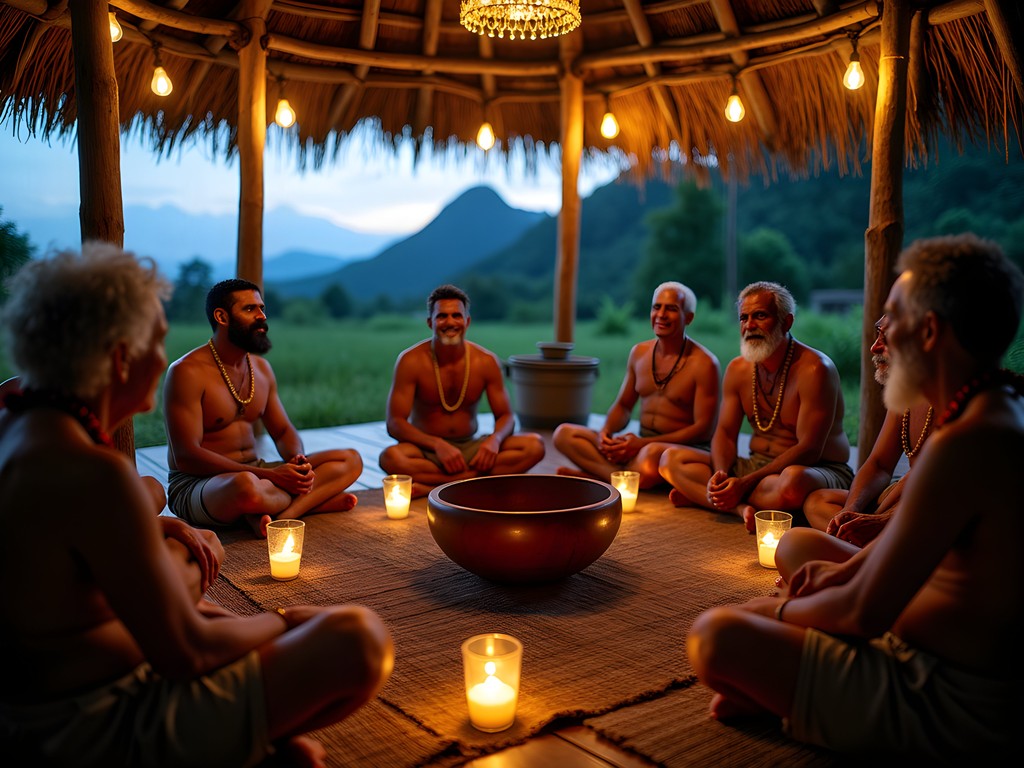
💡 Pro Tips
- Remove shoes before entering homes and dress modestly (shoulders and knees covered)
- Learn a few basic Fijian phrases – even simple greetings will earn you warm smiles
- Offer to help with chores – food preparation, washing dishes, or collecting firewood shows respect for your hosts
Practical Preparation: Gearing Up for Fiji's Mountains
Fiji's mountains demand respect – the combination of heat, humidity, and rapidly changing weather conditions can transform a pleasant hike into a survival situation if you're unprepared. My years of budget travel have taught me where to splurge and where to save.
First, footwear is non-negotiable. The clay-heavy soil becomes dangerously slippery when wet, and every trail involves some rock scrambling. My trail running shoes provided the perfect balance of grip, support, and quick-drying capability – much better than heavy hiking boots in this climate.
Protection from the elements is crucial. The tropical sun is merciless on exposed ridgelines, while afternoon downpours are common year-round. I swear by my quick-dry hat with its wide brim and neck protection. It looks ridiculous (my friends call it my 'abuela gardening hat') but has saved me from sunstroke multiple times.
For day hikes, I carried: - 3 liters of water minimum - High-energy snacks (local bananas, nuts, chocolate) - Basic first aid kit with extra blister treatment - Rain jacket that packs tiny - Mobile phone with offline maps downloaded - Cash in small denominations - Small gifts for village visits (kava root or school supplies)
One unexpected essential was my insect repellent lotion. The mosquitoes and tiny biting flies in the highlands are persistent, and this lotion format works better than sprays in humid conditions without the greasy feel of traditional DEET products.
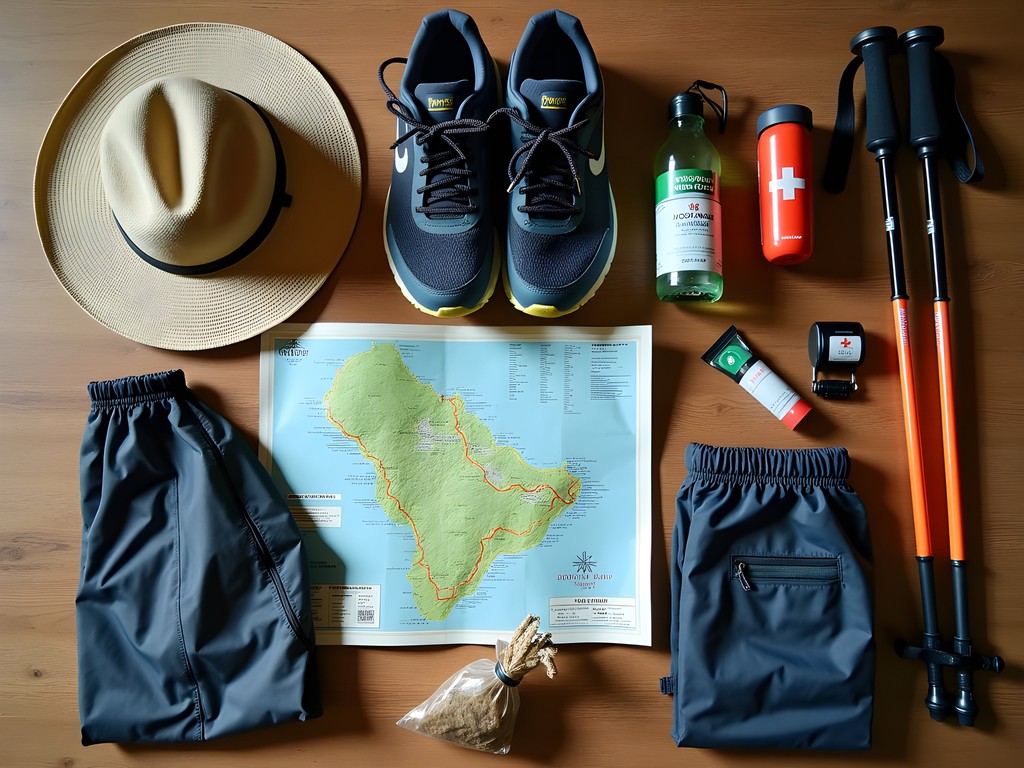
💡 Pro Tips
- Plastic bags are banned in Fiji – bring a few reusable shopping bags for market trips and to keep wet clothes separate
- Download offline Google Maps and Maps.me maps before arriving – cell service is spotty in the highlands
- Book accommodation with laundry facilities – the humidity means nothing dries overnight
Final Thoughts
As my last evening in Lautoka faded into purple twilight, I watched the silhouettes of the Koroyanitu peaks darken against the sky from my guesthouse balcony. These mountains had gifted me something no resort ever could – a Fiji of resilient people, ancient stories, and landscapes that demand you earn their beauty through sweat and determination.
I came seeking peaks but found perspective. In a country marketed almost exclusively for its beaches and luxury resorts, these highlands represent Fiji's true cultural heart. The trails may challenge your body, but the connections you make along the way will transform your soul.
If you're craving an adventure beyond the expected, gather your friends, lace up your shoes, and point yourself toward these forgotten peaks. Just remember to approach with respect, preparation, and an open heart. The mountains have stood for millennia – they have much to teach those willing to listen.
Hasta la próxima aventura, amigos. Que los picos te llamen y los senderos te guíen.
– Paisley
✨ Key Takeaways
- Base yourself in Lautoka for affordable access to the Koroyanitu Range
- Always respect village protocols and arrange local guides for the best experience
- Pack for extreme weather variations and slippery conditions
- Budget extra time for cultural exchanges – they're the most valuable part of the journey
- Consider a village homestay for the most authentic connection to mountain culture
📋 Practical Information
Best Time to Visit
May to October (Fiji's winter dry season)
Budget Estimate
$50-75 USD per day including accommodation, food, transportation and guide fees
Recommended Duration
5-7 days
Difficulty Level
Challenging

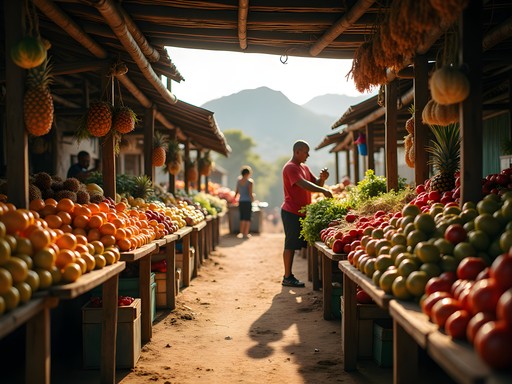

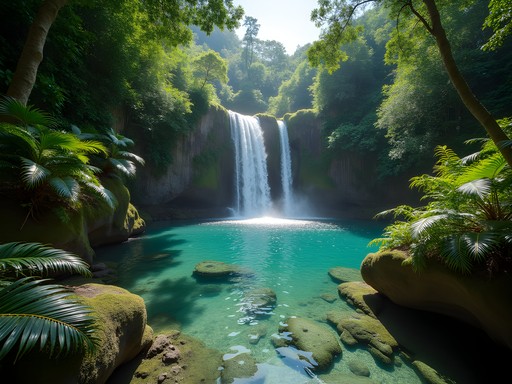




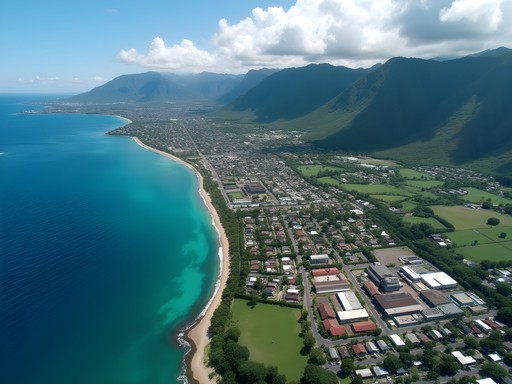
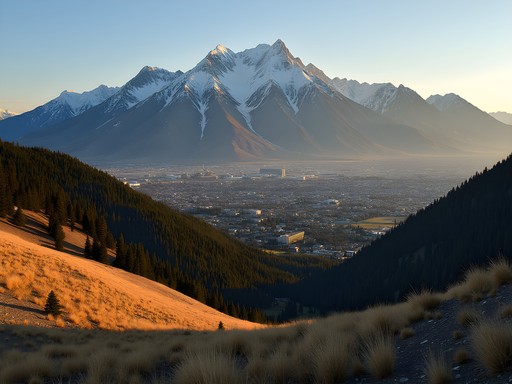

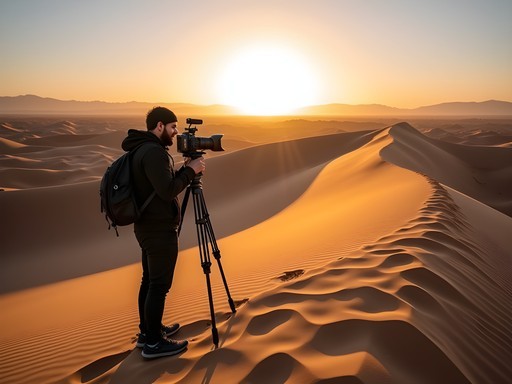
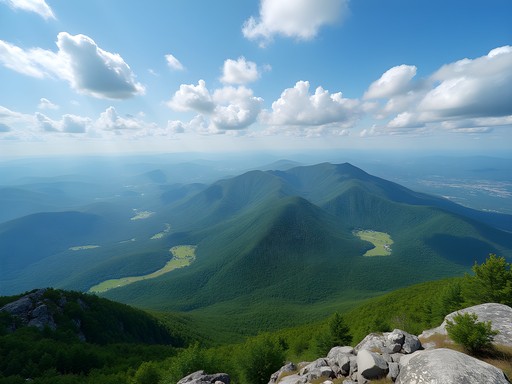


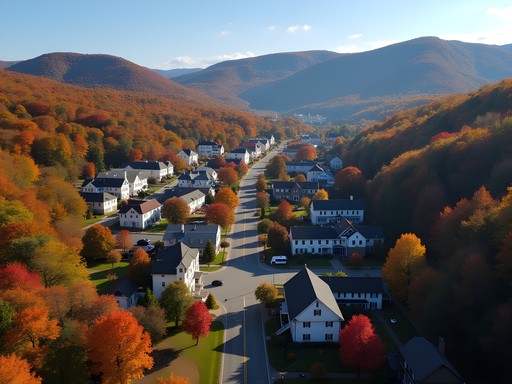
Comments
photoking
How difficult would you rate the Six Waterfalls Trek? I'm traveling with my wife who enjoys hiking but isn't super experienced. Also, did you need special footwear?
Paisley Gonzales
Hi @photoking! I'd rate it moderate - there are some steep sections but nothing technical. You can take it slow and enjoy each waterfall along the way. Definitely bring proper hiking shoes with good grip - I used my trail runners and they were perfect for the muddy sections.
Jean Wells
I did this trek two years ago and found the cultural aspects as rewarding as the landscapes. The village homestay was particularly illuminating - my host family taught me about traditional medicinal plants while we hiked to a small waterfall that wasn't on any map. One observation I'd add: the trail conditions on Batilamu vary dramatically between dry and wet seasons. I went in April and parts were quite slippery. The local guides mentioned November-December offers more stable footing. Did you find the trail markers adequate? I thought some sections could use better signage, though getting slightly lost led to some wonderful discoveries.
Paisley Gonzales
You're absolutely right about the seasonal differences, Jean! I went in August and had relatively dry trails. The markers were sparse in some areas - I think that's intentional to preserve the 'discovery' aspect, but I agree some additional signage would help less experienced hikers.
freemate
Jean - did you need to arrange the homestay in advance or can you just show up? Planning a trip for early next year!
Jean Wells
@freemate I'd recommend arranging at least a day in advance through the visitor center in Lautoka. They can radio ahead to the villages. Some places fill up during peak season!
islandninja
Wow! Those waterfalls look incredible. Fiji just jumped to the top of my bucket list!
Paisley Gonzales
Thanks @islandninja! The Six Waterfalls Trek is absolutely worth the effort. Hope you make it there soon!
explorestar
Did anyone do the homestay experience? Was it comfortable enough for someone who's never done anything like that before?
blueguy
We did! Basic but clean accommodations. Shared meals with the family and they were so welcoming. Just bring earplugs - roosters wake up EARLY! 😂
explorestar
Thanks! I think I'll give it a try. Sounds like the kind of authentic experience I've been missing.
SunsetChaser
That purple twilight photo at the end... wow! 😍
Oliver Duncan
Brilliant write-up, Paisley! I hiked the Koroyanitu Range last year and it's criminally underrated. For anyone planning this trip, I'd add that having a good pair of hiking boots with ankle support is crucial - those trails get slippery after rain. I learned this the hard way with a twisted ankle on the descent from Batilamu! Also worth mentioning that the villages appreciate small gifts - we brought kava powder which went down a treat during the evening ceremonies. My water filter bottle was a lifesaver on the longer trails, especially since plastic waste is a big issue in remote areas. Vinaka for highlighting this hidden gem!
Paisley Gonzales
Thanks Oliver! Great tip about the kava - definitely the perfect gift. And yes to proper footwear! I saw too many people struggling in regular trainers.
globeclimber
Those waterfall photos are incredible! Saving this for our trip next year!
explorestar
Right?? I can't believe I've been to Fiji twice and never knew about these hikes. Always just stayed at the resorts. Big mistake!
blueguy
Just got back from Fiji last week and did the Mt Batilamu hike! Your description of the morning mist is spot on. We stayed overnight at the cabin near the summit and the sunrise was UNREAL. One tip for anyone going - the local bus from Lautoka to Abaca village can be unreliable. We ended up sharing a taxi with some other travelers which worked out cheaper than we expected. Those village homestays are the real deal though - best part of our trip!
escapetime
This looks amazing! How difficult was the Six Waterfalls Trek? I'm heading to Fiji next month but I'm not super fit.
Paisley Gonzales
The Six Waterfalls Trek is moderate - some steep sections but plenty of spots to rest. If you can handle 3-4 hours of walking with breaks, you'll be fine! Just start early to beat the heat.
escapetime
Thanks Paisley! That's reassuring. Will definitely pack plenty of water.
Hunter Thompson
This post brings back so many memories! I did the Six Waterfalls Trek last summer and it was absolutely incredible. The third waterfall was my favorite spot - we spent hours swimming in that perfect pool. One tip for anyone heading there: the trail gets super slippery after rain (which is frequent), so I was glad I had my hiking boots with good grip. The village homestay was definitely the highlight though. Our host family taught us to weave mats from pandanus leaves and cooked the most amazing lovo feast. Don't miss trying the cassava cake if they offer it! Also worth noting that bringing a small gift for your host family goes a long way - we brought coffee and school supplies which were well received.
oceanseeker
Thanks for the tips! How many days would you recommend for the Six Waterfalls Trek? Is it doable as a day trip or better as an overnight?
Hunter Thompson
You can do it in a day if you start early, but it's rushed. We did it as part of a 2-day trip with the homestay in the middle and it was perfect. Gave us time to actually enjoy the waterfalls instead of just ticking them off.
Venture X
Premium card with 2X miles, $300 travel credit, Priority Pass